Our Collections
Our collections include objects, photographs, artworks, artefacts and archives. Collection materials are sourced from our community, for our community to provide inspiring, educational resources, and as a source of knowledge, ideas, stories and memories, relevant to our core collection themes, and to contribute to the interpretation and preservation of the history and maritime heritage of Devonport, and our region’s connection with Bass Strait. For more information, please ask for a copy of our Collection Policy.
Areas of Collection
Our state is an island because of the notorious stretch of water known as the Bass Strait. The story of Devonport is entwined with the story of the Bass Strait and at times our port city has played a central role in Tasmania’s maritime history. The Bass Strait Maritime Centre Collection and exhibitions reflect that connection with the following themes:
Local history – The story of Torquay and Formby, two towns amalgamating to become Devonport in 1890; from the pioneers such as the Cocker, Fenton, Holyman and Henry families and their influence on the emergence of Devonport as the key port on the North-West coast in the early 1900s to modern day Devonport.
Maritime History – Devonport’s apogee as a maritime centre was between 1880 and 1930, at the time when steamships were replacing sailing ships. Devonport’s shipbuilders were building the largest steamships in the state. Pioneers such as the Wood, Holyman, Griffiths and Burgess families shaped the foundations of Devonport’s rich maritime heritage.
Bass Strait Transport – From sail to steam, from steam to the roll on/roll off ferries and the evolution of cargo handling to our current shipping container – the simple and ubiquitous invention that transformed ports and the way cargo is handled. The shift from a mere journey across the Strait for the passenger to the age of elegant travel via ship and air travel was the result of vision and investment by the Holyman family – second generation shipbuilders and owners from Devonport.
Bass Strait Fishing –The Centre showcases the history of the newly refurbished vessel, the Julie Burgess, and its history as a cray-fishing ketch working Bass Strait from 1938 to the 1980s. The fishing industry and its border tensions, early and current fishing practices and innovations contribute to the Bass Strait stories.
Communication – From the Signal Station and Mast in the grounds of the Bass Strait Maritime Centre to the bells, semaphore, Morse code, Aldis lamps and other maritime navigational aids, the collection highlights the advances in technology from flags to current electronic systems.
Shipwrecks – The formal European history of the Bass Strait began with the wreck of the Sydney Cove, a ship laden with rum bound for Sydney. Matthew Flinders’ first journey into the area was aboard one of the salvage vessels. The wrecks increased as European activity increased and as Melbourne boomed. The Devonport built SS Orion, the largest steamship built in Tasmania and the flagship of the famous Holyman line simply disappeared without trace in 1908. Artefacts from the Collection tell the story of the “Ships Graveyard” in the Bass Strait.
Naval History – The story of local hero Teddy Sheean, a farm labourer from Latrobe who served on the HMAS Armidale, is the focal point for the naval stories and memorabilia exhibited.
Geographic region/Historical period
The Bass Strait Maritime Centre artefacts, stories, and research materials for the geographic region bound by the township of Don in the West to Port Sorell in the East and Latrobe in the South, range from the early 1800s to the current day.
Donations
It is essential that you make an appointment if you have objects that you would like to donate to the collection. Assessment of the donation will be made based on the collection policy criteria.
Online Donation Request
Terms & Conditions
- The donor name/s on this receipt must be the owner/s of the item/s.
- The donor hereby assigns title and all rights to the BSMC without conditions and is absolute.
- Loans will not be accepted under any circumstances.
- All offers to donate will be assessed by the BSMC Coordinator to ensure that they meet the BSMC Collection Policy.
- If items meet Collection Policy requirements, a meeting will be organised with the BSMC Coordinator. Objects must not be delivered to the BSMC prior as they will not be accepted due to minimal storage space.
- Owner/s of accepted and/or rejected objects will be notified in writing within 30 days from the date of receipt.
Donation Checklist
Please view our donation checklist before filling out the below form.
Submit this Offer to Donate form to begin assessment of your potential donation
Photography Credits
- Banner Images: Bass Strait Maritime Centre
- Parallax Image: Kelly Slater

